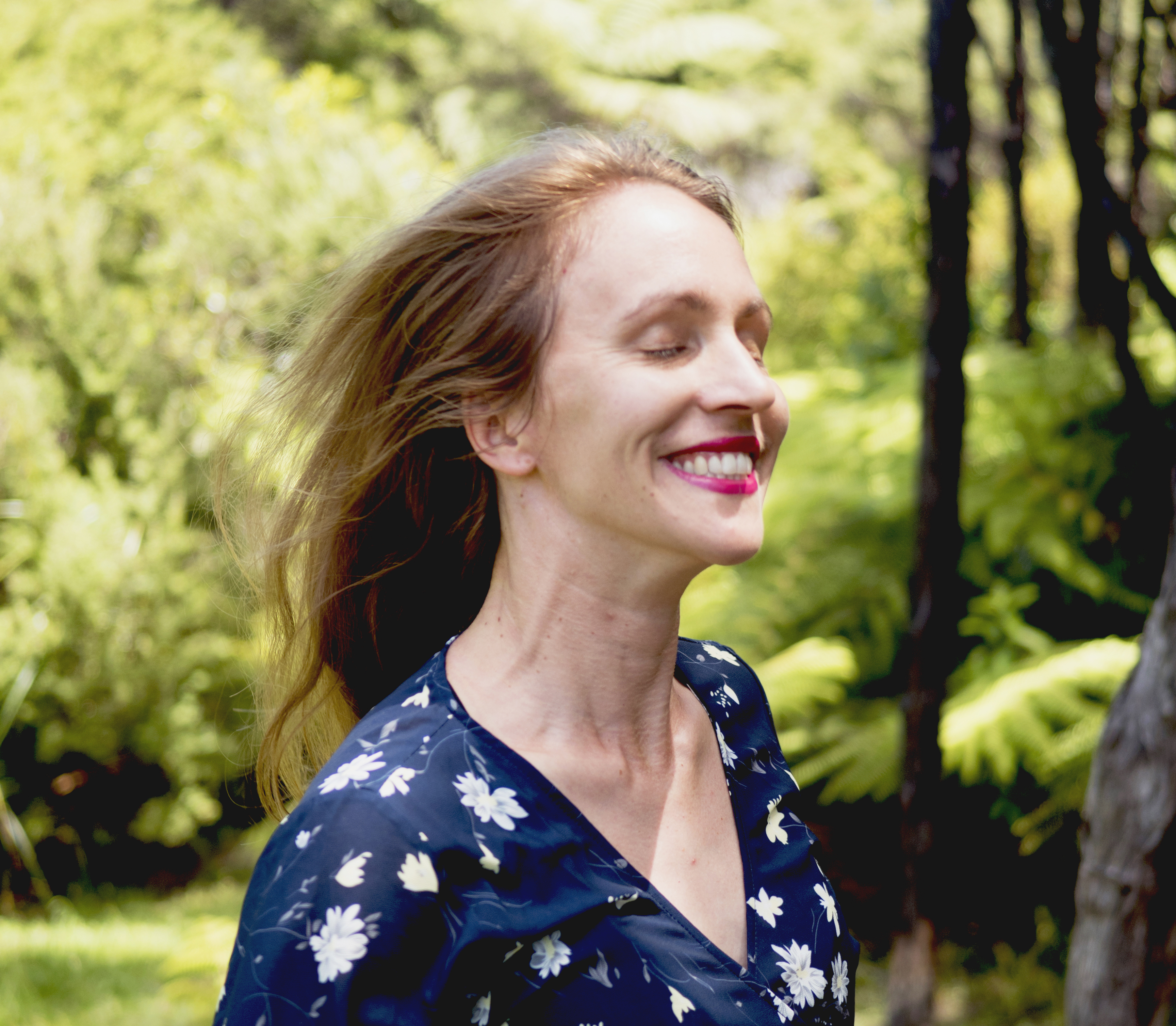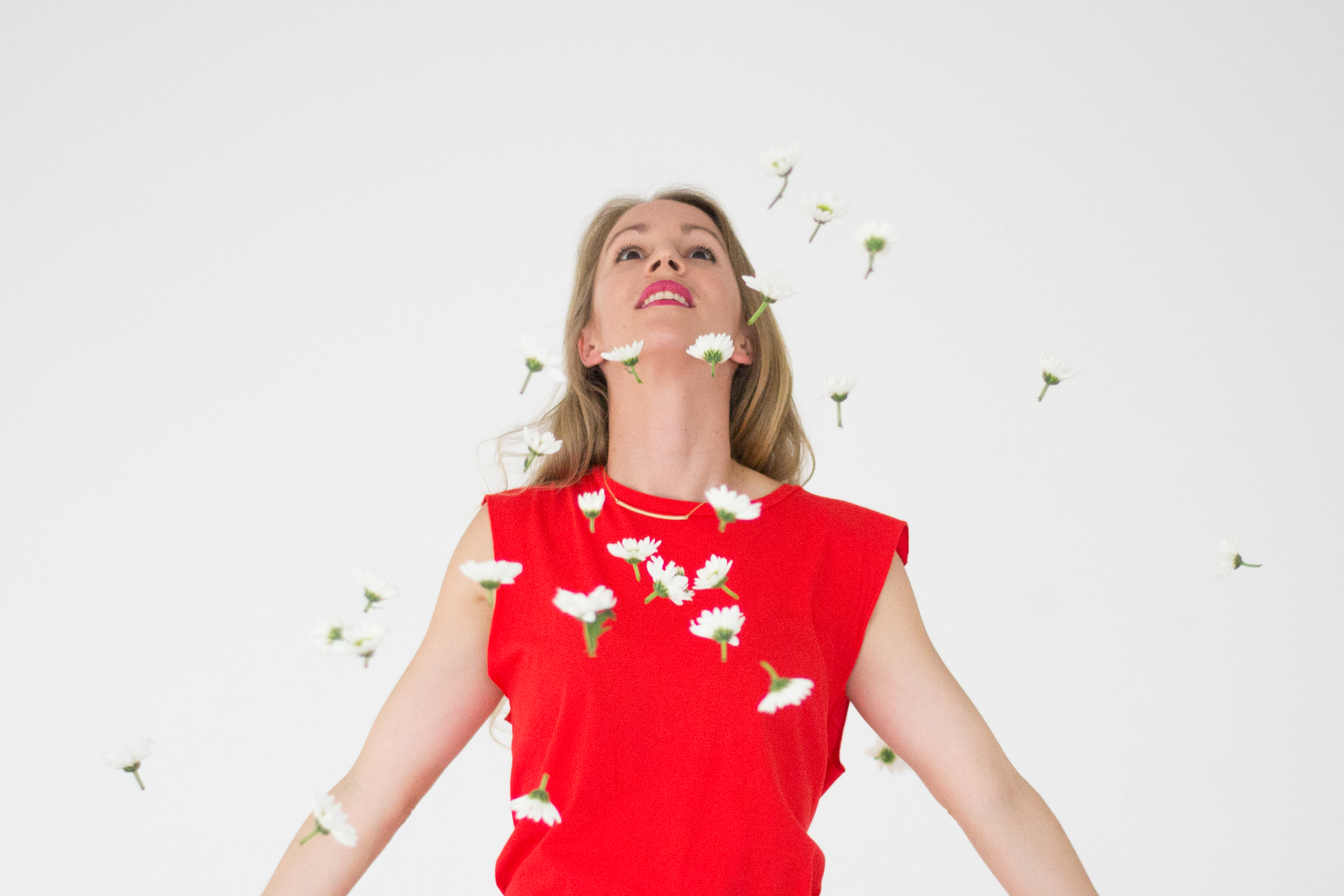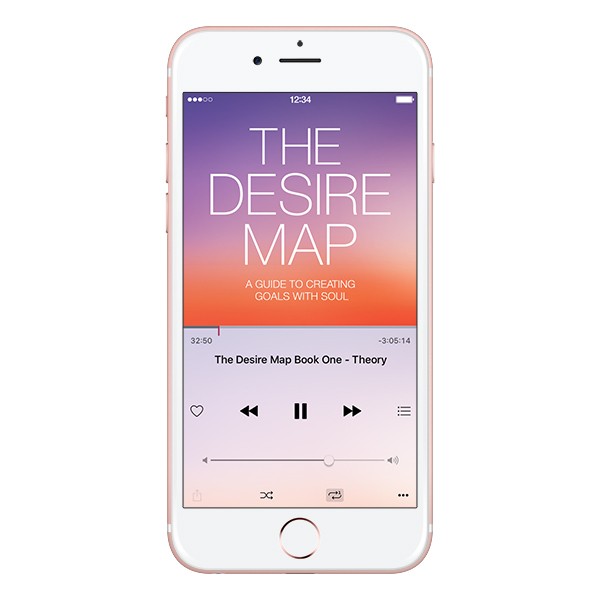I like to think of myself as a pretty good sleeper, and on these rainy Autumn days, there is nothing better than an early night, a cozy doona and a long sound sleep.
So this past weekend, on suitably Autumn day, I did a little more of what I do best and spent a couple of hours with our beautiful contributor Cora, to learn the art of Yoga Nidra or what she refers to as ‘the art of divine sleep’.
The art of divine sleep? sounds like beauty sleep fit for royalty – I was sold. And the best part of what I learned – you could ‘sleep’ during the day and change your thought patterns at the same time. Win win I say.
Yoga Nidra is described by Cora as –
“a form of mind-body therapy that allows the whole individual to rest and restore”
Although scientists are yet to fully examine the benefits of Yoga Nidra, those who practice have reported numerous outcomes – from reducing stress and anxiety, to boosting the immune system, and enhancing creativity and intuition.
However, what resonated personally, was the ability for Yoga Nidra to become a tool to aid in changing thought patterns in our brain. New thought patterns created through the practice, allow us to form new habits or Samskaras by setting an intention or Sankalpa.
In the Yoga Nidra state, our brain waves are hovering between the Alpha (conscious) to bordering on Theta waves (sub-conscious). As you drift into divine sleep, your thought patterns start to move from what Cora terms the “logical left brain to the intuitive right brain”, the part of the brain which is responsible for creative thinking.
The idea of setting an intention is a way of changing old Samskara’s (habits) that we are stuck on or changing negative thoughts and behaviours. We all get ’stuck’ from time to time, and our limiting beliefs can hold us back from real possibility and change.
Limiting beliefs, I know these two words all too well, and where I see Yoga Nidra to be a powerful practice to assist in shifting these beliefs.
One of my personal truths, is that when I use my intuition, my thoughts are heart-centred and I make conscious choices, without ego or judgement.
Yoga Nidra will allow me to go into an intuitive state and change these habitual ‘limiting beliefs’ – the loop in my head that says “I don’t have the knowledge or I don’t know the answer” that leave me feeling stuck and unclear.
So on that rainy Autumn afternoon as we were led into a peaceful 45mins of Nidra, I set the following intention:
“I have the knowledge and my heart knows the answer”
It sure feels good inside when I repeat that to myself and I know I can repeat those words whenever that limiting belief decides to pop up again.
For new players – it is easier to experience Yoga Nidra if guided by an instructor or an audio recording. So if you live in Sydney and want to learn more about Yoga Nidra with Cora, check out her workshops at Qi Yoga and Yoga Sivana which she holds regularly. If you are outside of Sydney, then hop on over to her site and check out this link for a helping hand. If you fancy knowing the history of the practice, you can read more about how Swami Satyananda Saraswati’s introduced the practice to the Western world through his book titled ‘Yoga Nidra’.
I am pretty excited to share my Yoga Nidra journey with you and let you know whether the intention set on that rainy Saturday creates a shift in my thought patterns. We would also love to know if you have ever experienced or regularly practice Yoga Nidra? If so, leave your thoughts by commenting below!





